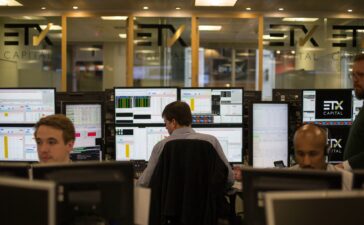In an era of rapidly evolving financial technologies, the rise of digital currencies has captivated investors worldwide. According to a report by Crypto.com, the number of cryptocurrency owners globally surged from 5 million in 2016 to 580 million by December 2023, marking a staggering 34% increase in 2023 alone. This growth has been fueled by the dramatic value appreciation of cryptocurrencies like Bitcoin (BTC) and Ethereum (ETH), which have seen exponential price increases since 2016.
However, as digital currencies continue to gain traction, questions arise about the role of traditional, tangible assets like physical gold in diversified investment portfolios. Despite the allure of potential high returns from cryptocurrencies, gold maintains several distinct advantages that merit consideration for prudent investors.
One of the primary benefits of gold is its stability and proven track record over centuries. While cryptocurrencies are known for their extreme volatility, gold has demonstrated resilience during economic downturns. For instance, during the 2007-2008 global financial crisis, gold doubled in value between 2007 and 2012, outperforming many other asset classes. Similarly, gold prices reached all-time highs during the Covid-19 pandemic and again in late 2023 and early 2024, driven by geopolitical uncertainties.
Another crucial advantage of gold is its tangibility and security. Unlike digital currencies, which exist only in digital form and are vulnerable to cyberattacks, physical gold can be securely stored and is immune to hacking and digital fraud. Over $1.7 billion in cryptocurrency was stolen in 2023, highlighting the security risks associated with digital assets.
Regulatory clarity is another area where gold outshines cryptocurrencies. The gold market is well-regulated with established norms, while the cryptocurrency space faces ongoing regulatory uncertainties. Sudden policy changes, such as China’s crackdown on cryptocurrency mining, can dramatically impact digital currency values. In contrast, gold operates within a more stable regulatory environment.
Gold also serves as a reliable hedge against inflation, historically maintaining its value during inflationary periods. While cryptocurrencies’ performance during inflation remains uncertain, gold has consistently proven its worth as a safe-haven asset during economic crises.
Furthermore, gold possesses intrinsic value as a physical commodity, whereas cryptocurrencies derive their value primarily from market sentiment and speculation. This intrinsic value contributes to gold’s long-term stability and its role as a reliable store of value.
Despite these advantages, it’s important to note that cryptocurrencies offer the potential for high returns and have gained significant traction in the financial world. Bitcoin, for instance, has seen its value skyrocket from around $435 in 2016 to over $62,000 at the time of writing, with a new all-time high of almost $75,000 in March 2024.
Given the contrasting characteristics of gold and digital currencies, many financial experts advocate for a balanced approach to investment. While cryptocurrencies can offer high-reward opportunities, the stability and security of gold can offset the risks associated with volatile digital assets, ensuring a more well-rounded investment portfolio.
As the financial landscape continues to evolve, the enduring value of tangible assets like gold remains clear. Its historical resilience, regulatory clarity, and role as a safe-haven investment make it a compelling option for investors seeking to balance the potential of digital currencies with the stability of traditional assets. As analysts predict continued growth in gold prices for the remainder of the year, investors may find this an opportune time to consider incorporating gold into their investment strategies.

















